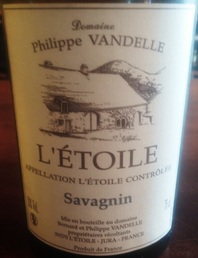
Philippe Vandelle L' Etoile savagnin is a wine from the Jura region of France. Smell it, taste it and if you are not ready for what this is? You may not like it. You may think it has “gone bad.” In a sense it has because this wine is purposefully oxidized; it has a taste that is similar to, but lighter than, fino sherry.
This is a wine you will likely love or hate. If you are fond of sherry then you will likely be a fan of this wine. If you are not the taste may not appeal. Fruit is a little harder to peg for this wine but think white fruits, peach or even a hint of lemon. There is also a nuttiness (probably related to the fermentation and the type of yeast used).
Jura is well known for wines with these qualities. This wine is aged in oak barrels and fermented with a yeast similar to what is used in sherry using the “sous voile” method (meaning “under the veil”). The aging takes 3 years and a film forms on the top of the wine (“the veil”). The wine in the barrel evaporates a bit which leads to contact with oxygen, hence the oxidation. OK, what I am saying here is probably simplified and can be quibbled with—but basically this is how a vin jaune from Jura comes to be. There is no fortification (adding alcohol) like in a sherry nor is the solera system used (wines are aged long term in a series of stacked barrels).
Savagnin, which is not to be confused with sauvignon blanc, is a little grown grape outside of Jura and is one of three grapes allowed in the L'Etoile AOC (the others are chardonnay and another little grown grape, poulsard). Vin jaune is always savagnin. Savagnin is a descendent of the traminer grape—probably--and is also used in blends with chardonnay. These blends are more "normal" than this varietal savagnin.
This is a wine that you also won't see everywhere. If you are fond of it and see it for sale be sure to grab a couple bottles.
$33-38
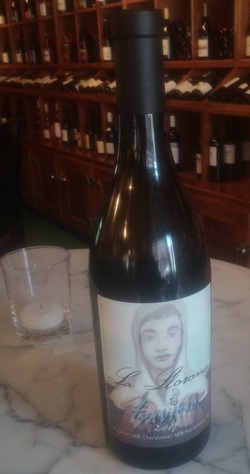

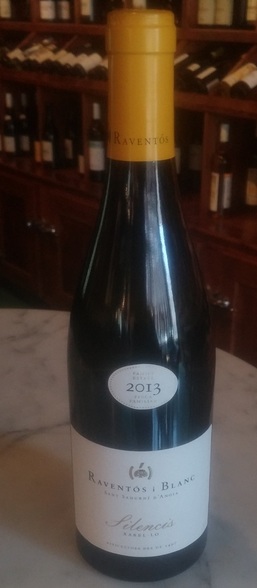

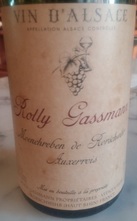
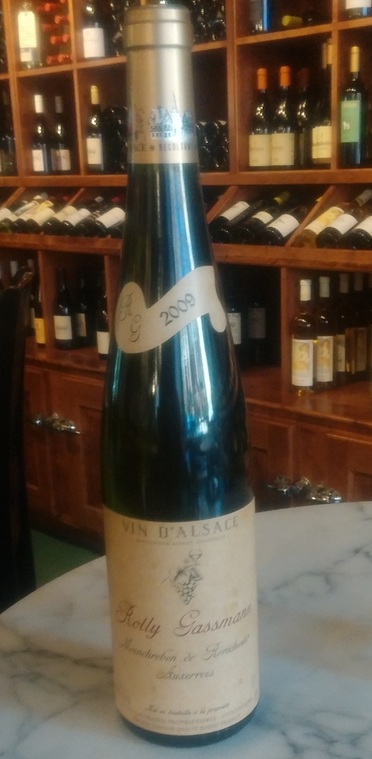
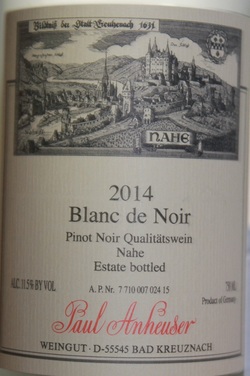
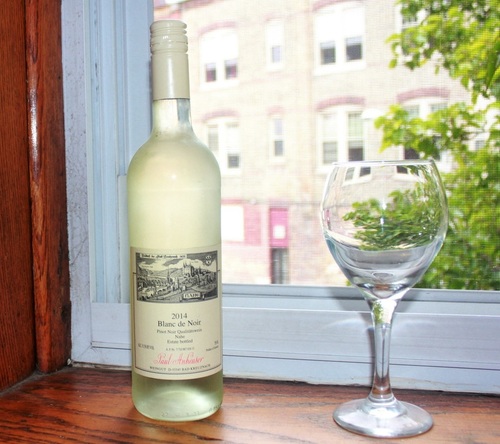
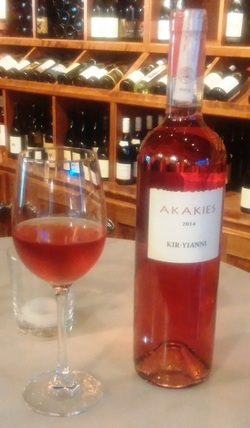
 RSS Feed
RSS Feed